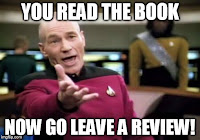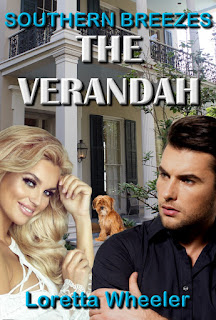Our America: The Latino Presence in American Art for the Smithsonian Date: April 4, 2015 by Juliana Aragon Fatula
This post from my website was posted in 2015.
Recognition, you better recognize: as a community of writers we reinforced and reinvigorated each other, shared our experiences and created an atmosphere of trust. We gave the art a voice and wrote ekphrastic prose from our experience with the art.
It was my first time in Salt Lake City, and I was impressed with the beautiful gardens, architecture, Antelope Island, the University of Utah. I arrived in SLC March 27th for a reception to meet the other writers. We met at Jane’s House and broke bread together. The energy in the room was palpable. The writers were alive with curiosity and anxious to chat. It was a wonderful experience to meet all of these Pintura Palabra writers, Fred Arroyo, the facilitator, and Francisco Aragón, the organizer.
March 28, and 29 we visited the art exhibit and workshopped our prose, written for this event. As an educator, I’m extremely proud and honored to know we are changing history by including Latino Art as part of American Art at the Smithsonian. This was a once in a lifetime opportunity to meet and work with writers and scholars hand picked to collaborate and to create la familia de Latino Art. The idea is genius, to combine Latino artists with writers and to create a conversation about what is Latino Art and to build a community of writers and artists with the same goal: to bring attention to the exhibit and to change the concept of American Art to include Latino art. Francisco has a vision and is bringing it to fruition through this project.
This traveling exhibit and writing project has already been in D.C. Miami, Sacramento, and now Salt Lake City. It is a living breathing thing that just keeps getting bigger and better with each stop. In Salt Lake City, we had ten writers workshopping and as nervous as I felt, I was also exhilarated to be part of making history.
The facilitator, Fred Arroyo, guided me through the process of writing ekphrastic prose by providing plenty of reading material and art to accompany the writing. After the readings for Saturday and Sunday, I felt more knowledgeable about what I was about to take on. Spending time in the University of Utah Museum of Fine Art with the Latino art gave all of us participants a feeling of inspiration and a shift in the time/space continuum. Time seemed to stop for us as we sat on the floor, stood, or pulled up a seat. I was drawn into the painting, sculptures and altars. I forgot I was in Utah, forgot I was nervous about being included in this master writing class with master writers. I forgot that I was working.
I’ve never experienced anything quite like this workshop. It was so intense during our group work that I went home exhausted every afternoon. I studied and wrote and listened and gave feedback to writers and worked so hard my brain hurt. I hadn’t used my brain that much in a long time. I felt part of a community. I felt loved. I felt appreciated.
I met some young writers who floored me with their writing. I knew I was witnessing something incredible. I literally felt high on art. The chance to spend time with the Our America: The Latino Presence in American Art changed my life. I realized I needed to do more research, writing and workshopping with other writers. I feel empowered after this workshop. I can feel my social activism coming out of hibernation and ready to take on the way Americans look at Art and Latino Art. Latino Art is American Art and this exhibit displays the last fifty years of great Latino Artists. I’ll be talking about this event with my family and friends for a long time. I’m so excited and honored to be included in this writing workshop of ekphrastic prose for Pintura Palabra.
Each location gets better and differs from the D.C. Miami and Sacramento workshops: the work transforms the writer and preserves Latino legacies. The Chicano Movement in the 60’s created a need for Latinos to showcase their art and share their history through their creations. Thus, Our America: the Latino Presence in American Art gave artists and writers with a common goal, a platform to start a conversation about what is American art.
On Sunday evening a reading was held at a great venue, Mestizo Coffeehouse, to share our ekphrastic prose with the community of SLC. This was my favorite part of the workshop. Giving the work a voice and hearing the response from the audience moved me down in my soul. I met some incredible people from the area and fell in love with the city. I will be returning someday, for now, I’m content to cherish my memories and move on to the next writing workshop. If they are anything like this one for Pintura Palabra, I will be rewarded for all of the time and effort I put in to it. I will be a master writer.


